Content Strategy: You’re Doing it Wrong!

Let’s be honest we’ve all seen those flashy infographics: “Content Strategy: Keyword Research! Social Media Blitz! Voice Optimization!” Blah blah blah. It’s all a bit overwhelming isn’t it? What’s missing from most of this advice? The direct connection to sales. Seriously are we really afraid to talk about revenue generation? Many so-called marketing gurus preach “thought leadership” and “influencer marketing” but completely fail to show how to actually translate that into actual you know money. I’m here to help clarify that messy situation.

The Content Creation Conundrum: More Than Just Words
Creating shareable content especially for businesses is tougher than it looks. I’ve seen it time and time again in massive corporations: their content is almost exclusively focused on selling selling selling! Think about it – if Toyota released a piece about how amazing the new Camry is would you actually share it? Probably not. Then there are companies that churn out content just for the sake of it thinking “thought leadership” is an end in itself. They’re missing the point entirely. They’re building links and boosting SEO (who cares if sales stay flat?!).
I have a little game I play at SEO conferences. Every time someone says “Content is King!” I take a shot (two shots if they add “queen jack and ace!”). I’m usually pretty darn tipsy by the end of the night. The real kicker? What if you’re in a boring industry? It’s easy to create engaging content for vacations or video games but what about… electronic medical records? (Yawn!). How do you make that exciting while still boosting revenue?
Psst! 👋 Think your content strategy is actually working? 🤔 This post just dropped some TRUTH BOMBS 💣 on how most businesses get it WRONG. Want to learn how to actually make money with your content? Click here to level up your game! 🚀
Beyond the Buzzwords: A Practical Approach
So now that we know content strategy isn’t just about link building and writing articles what does a truly effective easy-to-implement campaign look like? How can we use content to help our sales teams by identifying genuinely interested leads?
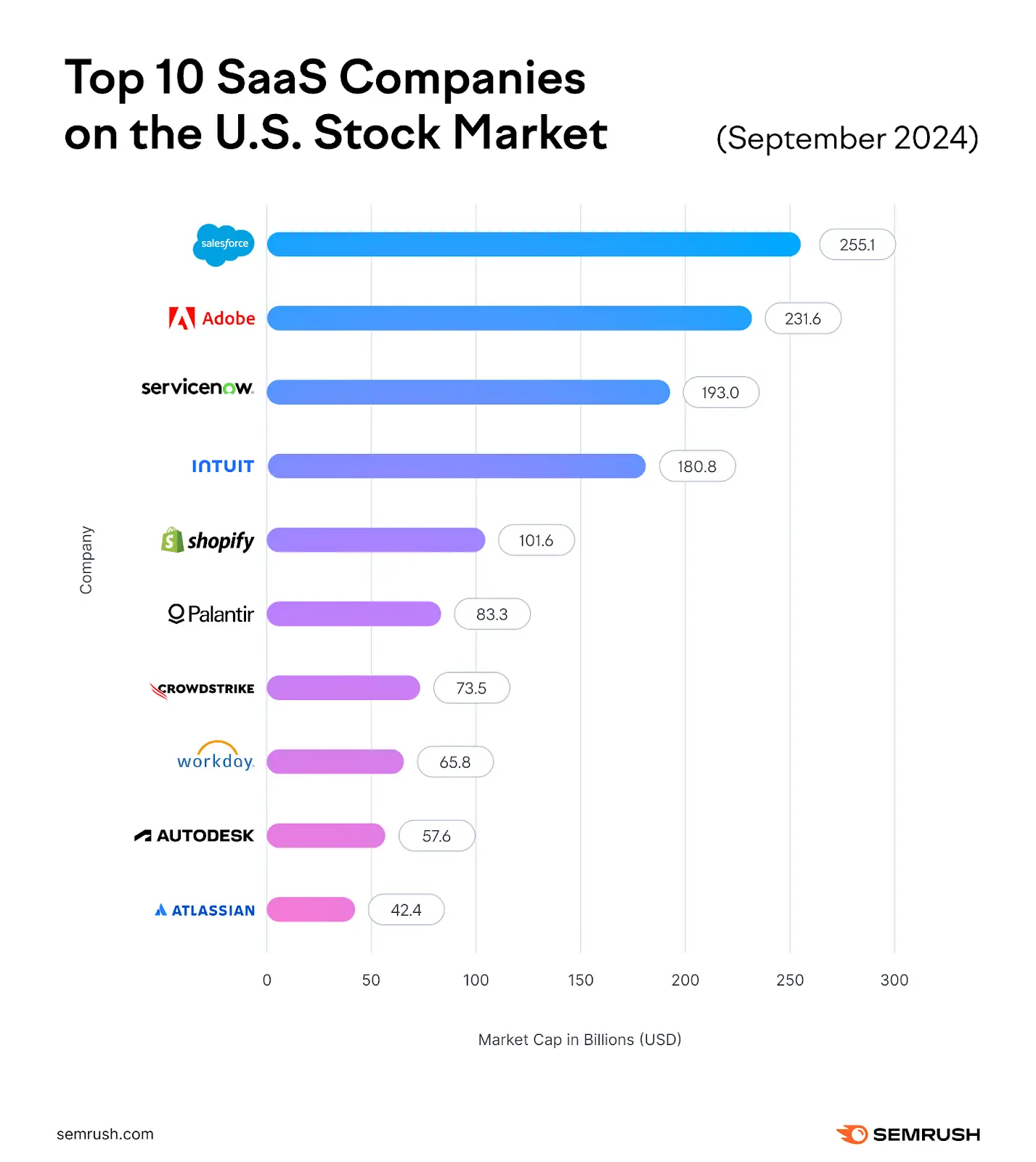
Here’s a simple example: Start with genuinely helpful content. Something that actually solves people’s problems and builds trust. Then subtly introduce your services providing a clear pathway for those ready to buy to contact you. This is a two-pronged approach: engage the audience and drive marketing results.
Nurturing Leads Not Bombarding Them
Webinars and white papers are phenomenal for nurturing leads but so many people do it wrong.
They shove everyone into a generic nurture campaign blasting them with irrelevant content— essentially spamming them.
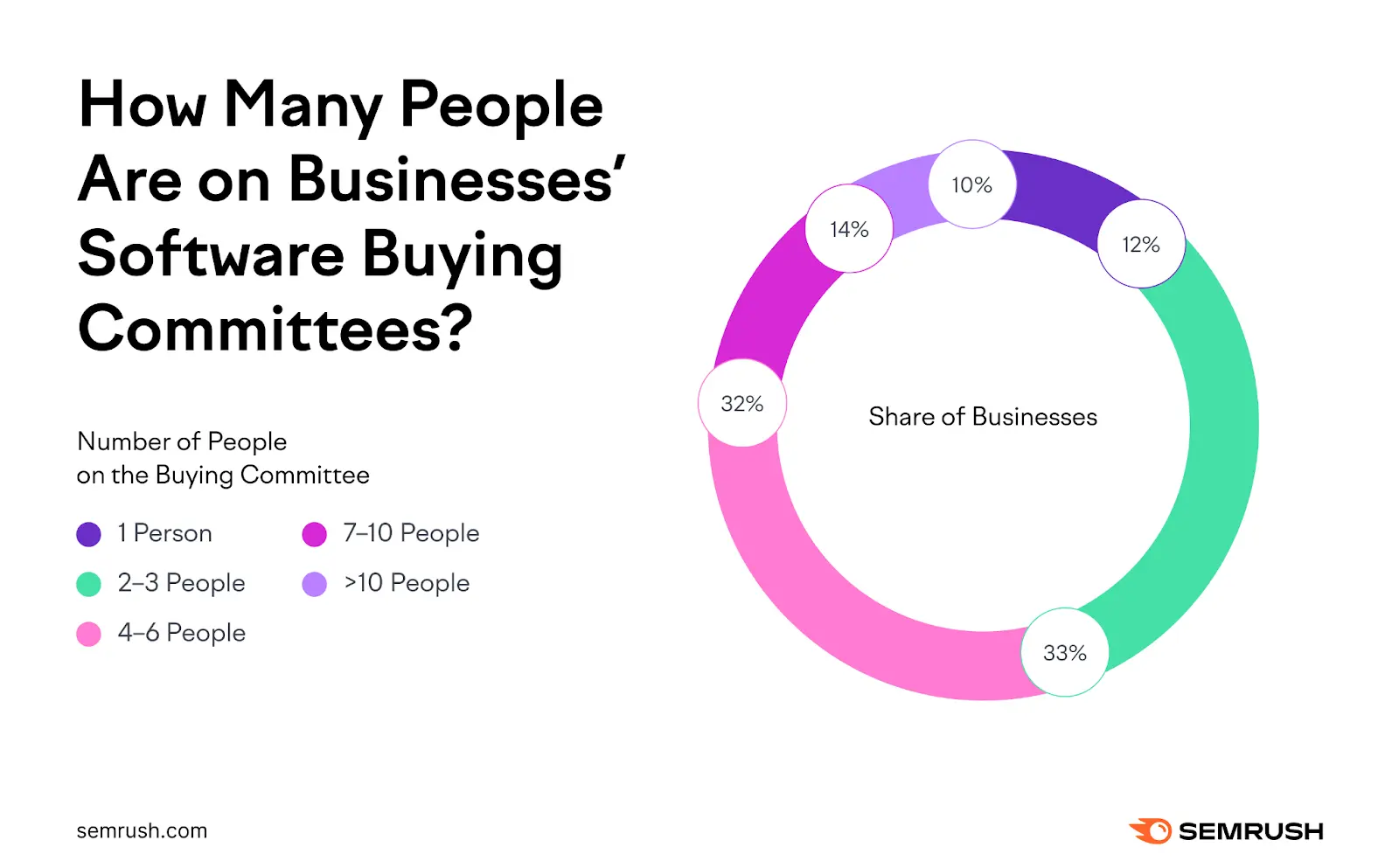
The key is to identify those who are likely ready to purchase.
Use indicators and flagged content to target the right people with the right message.
This reduces churn and boosts sales!
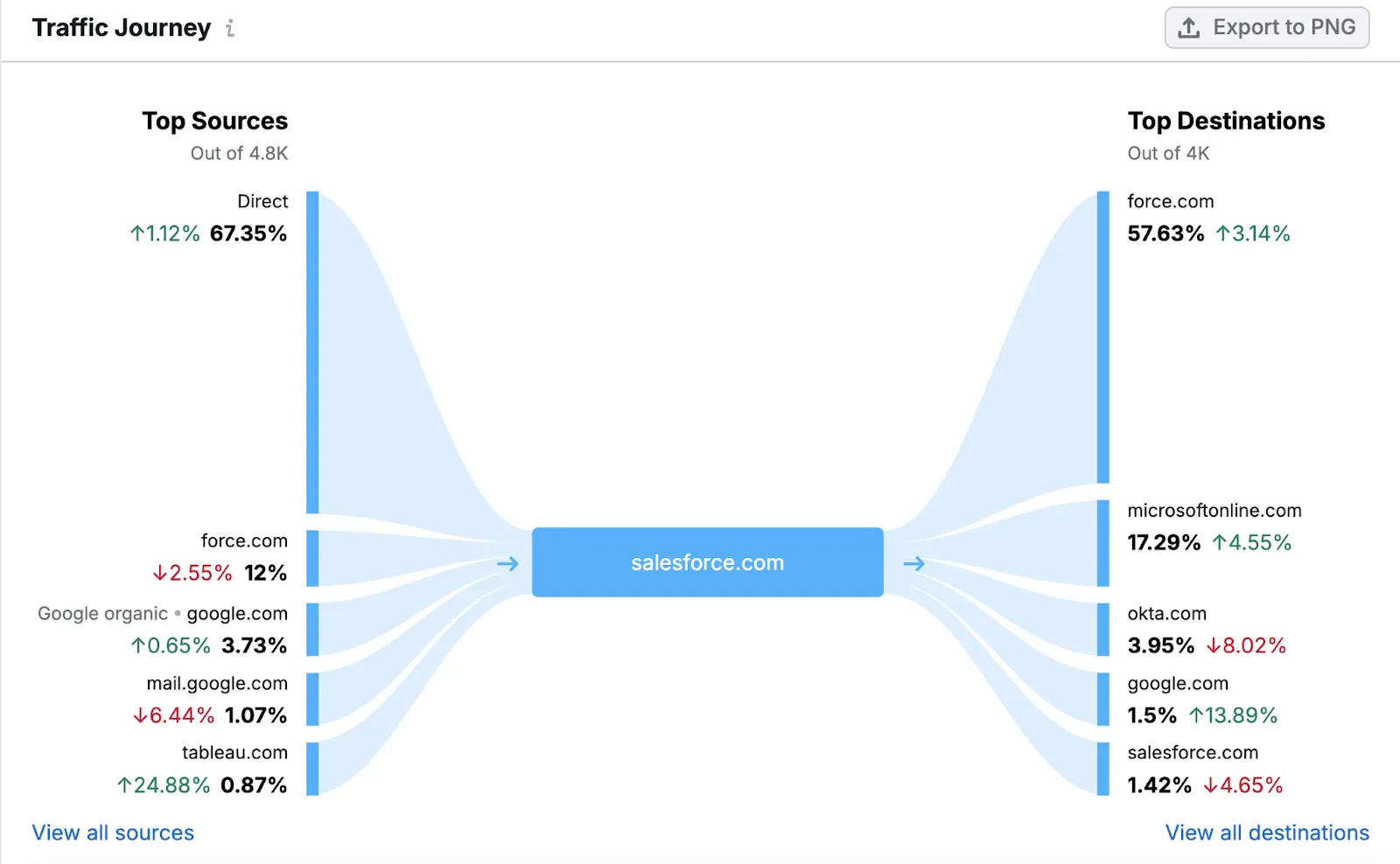
The Long Game: Building Trust and Driving Conversions
Effective content strategy involves becoming a thought leader (I hate that term too!) in a particular niche.
This takes time and dedication.
You need to build trust before attempting any hard sells; it’s about establishing rapport.
Think of it like dating. You wouldn’t jump straight to marriage on a first date would you? You need to establish a connection first before getting too serious. The issue is when upper management demands immediate ROI. It’s like constantly quizzing yourself about a first date: “So…how did that go?”
Content marketing needs patience and most importantly consistency. But a properly executed content strategy will prove the link between efforts and results.

The Content Catastrophe: When Good Intentions Go Wrong
The explosion of content marketing has unfortunately also led to an explosion of bad content. I’m not talking about keyword stuffing or automated articles but content created by people who clearly shouldn’t be writing. If you’re one of the many who struggle with writing please for the love of all that is holy hire a professional writer!
Poorly written content is not only unshareable but it actively harms your brand.
How can anyone take your business seriously if your content is sloppy and unprofessional?
Beyond the Basics: Measuring Success
Marketers must understand that while social shares and inbound links are valuable the ultimate metric is sales. If your content isn’t contributing to your bottom line it’s essentially useless.


Mastering the Content Game: Practical Steps to Success
Creating content itself is easy (with the right resources). The real challenge is creating high-quality engaging relevant content that identifies prospects ready to buy. Many of us fail miserably at this.
Here’s a breakdown of how to improve your game:
1. Define Your Target Audience: Deep Dive into Buyer Personas
Don’t just create generic buyer personas.
Get specific.
What are their pain points? Their goals? Their biggest frustrations? What kind of content will actually resonate with them? The more you know about your audience the better you can tailor your content to their needs.
This involves more than just demographics; it’s about understanding their psychology their aspirations their fears.
Spend some serious time on this.
Interview potential customers analyze website data and conduct surveys.
This in-depth understanding will help to build a more targeted strategy.
Don’t just guess—get real data to guide your content efforts.
Psst! 👋 Think your content strategy is actually working? 🤔 This post just dropped some TRUTH BOMBS 💣 on how most businesses get it WRONG. Want to learn how to actually make money with your content? Click here to level up your game! 🚀
This level of detail will significantly enhance the quality and relevance of your content.
2. Keyword Research: Beyond Simple Search Terms
Keyword research isn’t just about finding high-volume search terms. You need to delve deeper to find long-tail keywords. These are longer more specific phrases that often indicate a higher purchase intent. Think “best electric toothbrush for sensitive gums” versus just “electric toothbrush.” The former shows clear intent right? Use tools like Ahrefs SEMrush or Moz Keyword Explorer to uncover these valuable keywords. Don’t just focus on volume alone; pay close attention to the search intent behind each keyword.
Don’t forget to incorporate local SEO for geographical targeting.
For example a local bakery might focus on “best cupcakes near me” or “order birthday cake online “. The specificity here is key for attracting highly relevant local audiences.
3. Content Pillars: Building a Strong Foundation
Build a content strategy around a few key themes or “pillars.” These are the core topics that you’ll focus on allowing for a deeper exploration that establishes your authority.
These core topics should directly relate to your product or service offering valuable information that builds trust and positions your brand as an expert.
Psst! 👋 Think your content strategy is actually working? 🤔 This post just dropped some TRUTH BOMBS 💣 on how most businesses get it WRONG. Want to learn how to actually make money with your content? Click here to level up your game! 🚀
Instead of superficial content builds into specific topics and create a wealth of valuable information.
This establishes your authority and attracts a loyal audience.

These pillars also help guide your content creation efforts and prevent getting lost in a sea of unrelated content.
4. Content Formats: Diversify Your Approach
Don’t just stick to blog posts.

Explore various formats like infographics videos podcasts webinars ebooks and interactive quizzes.
Different formats appeal to different learning styles and preferences.
This can also boost engagement across various platforms and help build a broader appeal keeping your content fresh and relevant to a wider audience.

By diversifying your content formats you can cater to the diverse preferences of your audience maximizing reach and engagement.
5. Content Promotion: Get Your Work Seen
Creating great content is only half the battle.
You need to actively promote your content to reach your target audience.
This includes social media marketing email marketing search engine optimization and paid advertising.
You can also leverage influencer marketing for added visibility but select your influencers carefully to ensure alignment with your brand and values.
Consider using a content calendar to ensure consistent publication and avoid last-minute scrambles and utilize analytics to monitor performance and make data-driven adjustments.
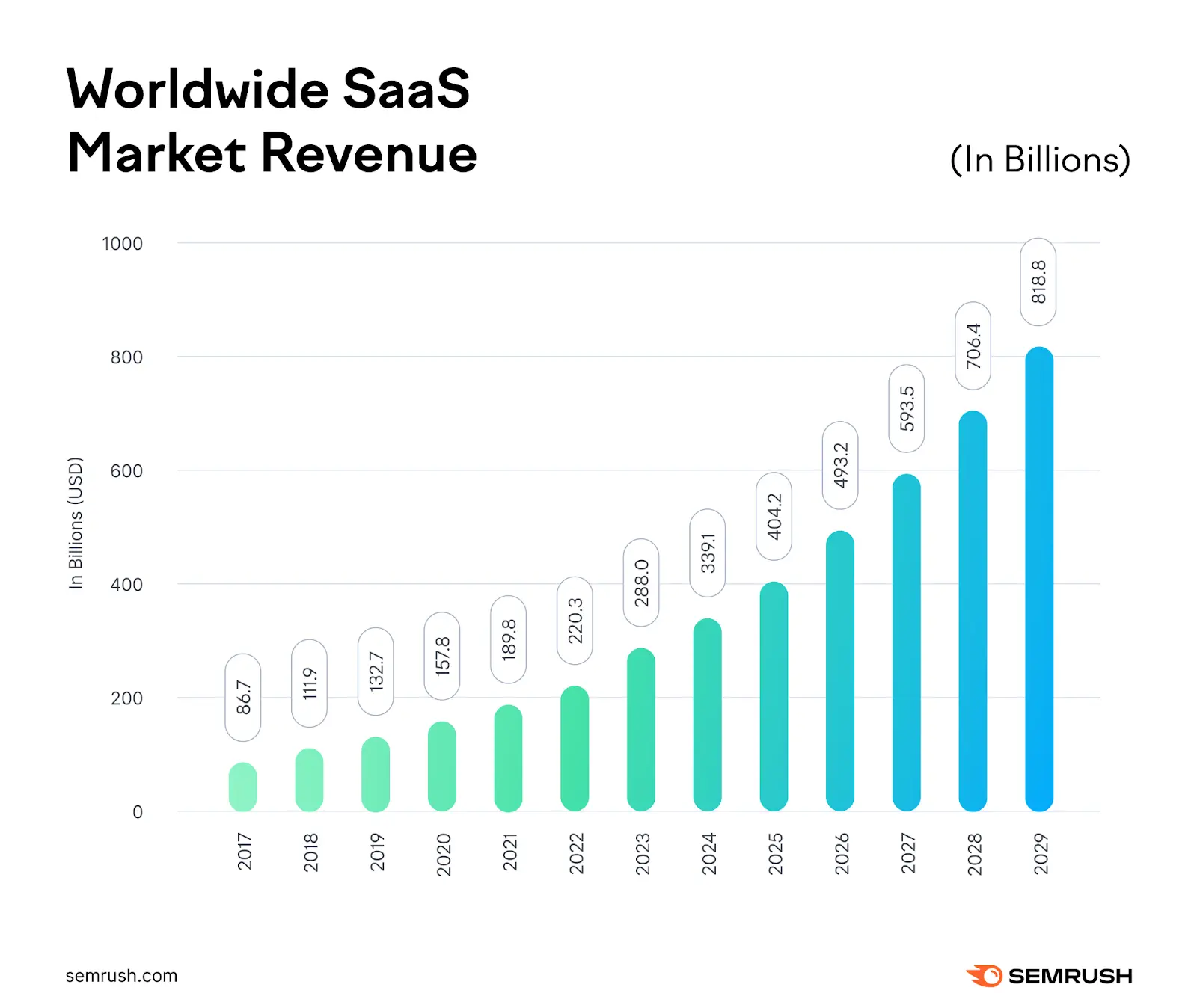
Effective promotion ensures your hard work is actually seen and read leading to increased engagement and conversions.

6. Analytics and Measurement: Track Your Progress
Use analytics tools like Google Analytics to track the performance of your content.
Look at metrics like website traffic time on page bounce rate and conversions.
This data will help you understand what’s working and what’s not so you can refine your strategy over time.
This iterative process enables continuous improvement and ensures you’re consistently optimizing your content for maximum impact.
Remember you’re not just creating content for content’s sake; you’re building a strategy to reach your target audience establish trust and ultimately drive sales.
So ditch the outdated approaches and embrace a data-driven audience-centric strategy that truly gets results.
Check our top articles on Content Strategy: You’re Doing it Wrong!
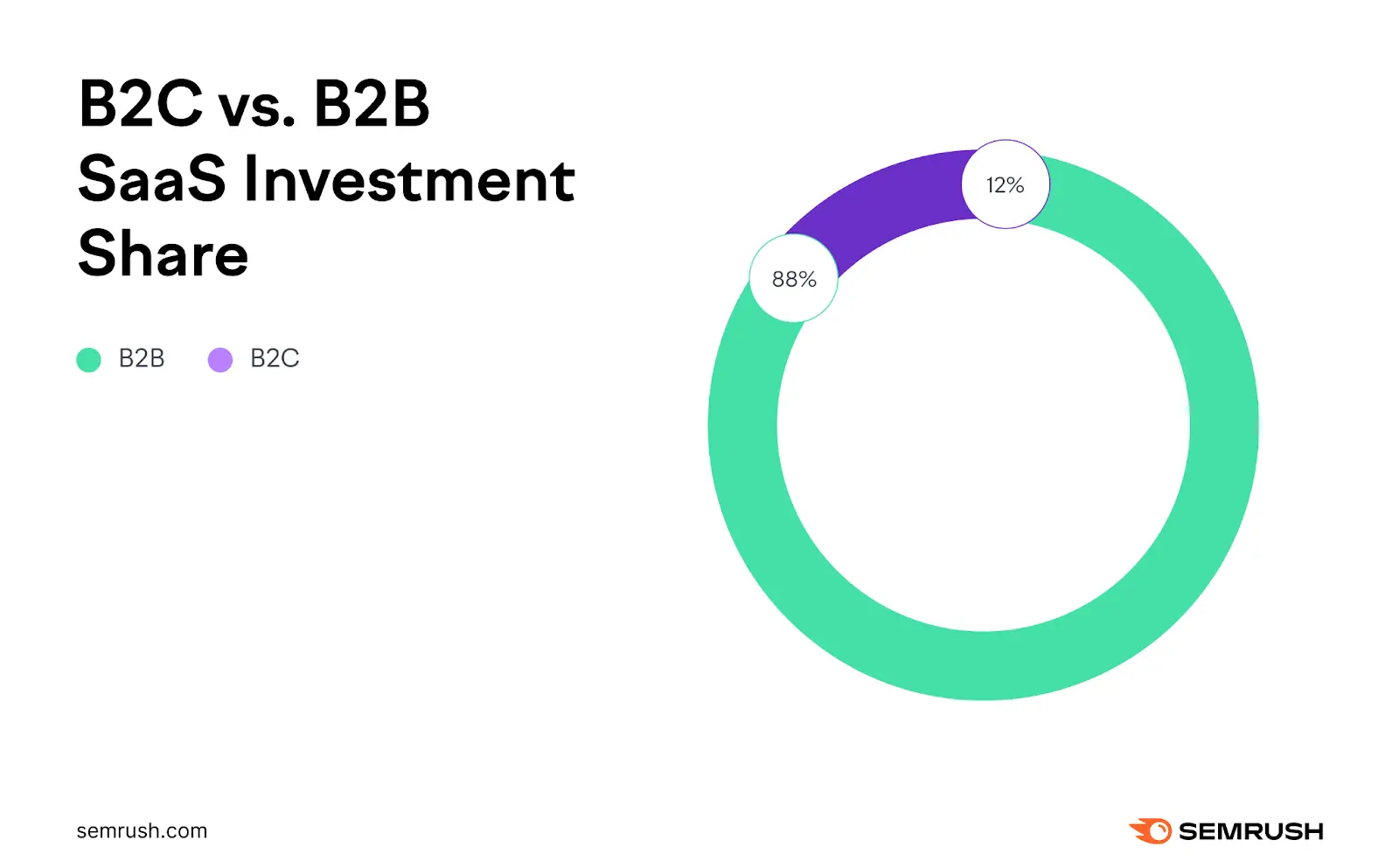
It’s time to stop doing content strategy wrong and start seeing the return on your investment.

